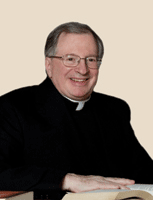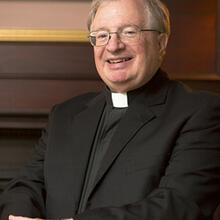Hereford sits along Arizona’s Mexican border, walled in on the west by the Huachucas and on the east by the Mules, two of the many small mountain ranges that mark the state. The Huachucas form one of the state’s “sky islands,” unique, high-altitude ecosystems where rare, often endangered species of flora and fauna are preserved. The range is divided by canyons that cut across it east to west. Ramsey Canyon is renowned for its hummingbirds. Leafy Carr Canyon is the source of the creek that supplies water through century-old wooden conduits to the legendary outlaw town of Tombstone across the valley and north beyond the Mules.
The valley is high desert, a transition zone between Sonoran and Chihuahan habitats. While the San Pedro River runs along the east side of the valley, the distinguishing feature of the landscape is mesquite. The squat, spindly trees grow everywhere, and in season their leaves spread a grey-green aura across the landscape that veils the hardpan desert floor. Remarkably the mesquite also hosts more mistletoe than I have found any place else in North America. It is a land my friends Lou and Barbara Kuttner fell in love with and where they built their retirement home 15 years ago and where they host me in their guesthouse for my annual retreat.
This year nature has been more than ordinarily harsh to Cochise County. For three years the area has suffered severe drought. This past September’s monsoons brought only six inches of rain, half the usual autumn rainfall. A hard frost last winter killed off much vegetation, including many cacti: prickly pear, agave, Santa Rita, cow’s tongue and ocotillo. Much of the valley’s broom, whose feathery blooms soften the rugged landscape, was killed off too. Then in May the Monument fire burned 33,000 acres in the Huachucas with fingers of flame racing across the valley floor. For several days, Hereford was evacuated. Along Highway 92 the charred ruins of homes and businesses and in the fields the blackened skeletons of mesquite trees testify to the fire’s ferocity.
Birds seem to be everywhere. Coveys of quail scamper across the open ground just across the fenceline, chirping as they dart through the grass and mesquite. Roadrunners, with their heads held high and in silhouette quite plainly the distant cousins of the pterodactyl, charge about their business with attitude, like New Yorkers at rush hour. Doves fight with finches in the eaves of my casita. Every time I exit the main house, swallows dart from the rose bush facing the door, and songbirds of every sort inhabit the pyrocanthus at the front of the house: thrashers, mockingbirds, sparrows, bush tits and desert wrens.
The pyrocanthus reminds me of the tree sprung from the mustard seed: “All the birds of the air make their nests in its shade.” The pyrocanthus (literally, fiery flower) is a tough, spiky bush, named for its red and orange berries. Like the surrounding desert, it seems an inhospitable place to make a home, much less an avian community of so many shapes, sizes and melodies. All day long, and some of the night, birds dart in and out. They perch on its branches and peer out from its protective cover. And most of all, they sing. They echo the prayer of the three young men (Dn 3:80). “Bless the Lord, all birds of the air; sing his praise and exalt him forever.”
Editor’s Note. With much gratitude and appreciation, we bid farewell to Barbara E. Reid, O.P., our Word columnist. She has been a popular contributor with both readers and editors. She will be missed. We welcome Peter Feldmeier, of the University of Toledo, as Sister Reid’s successor.








